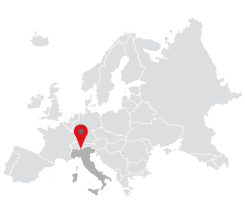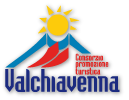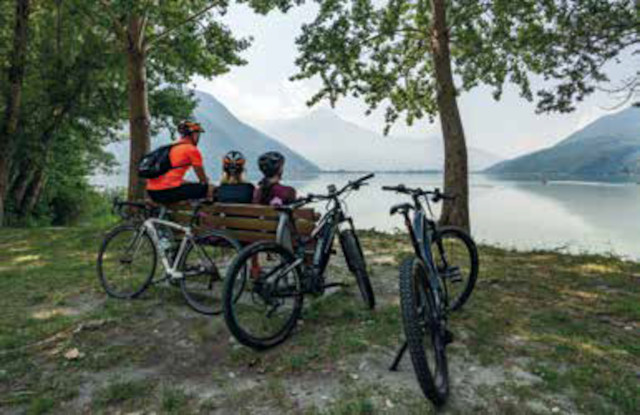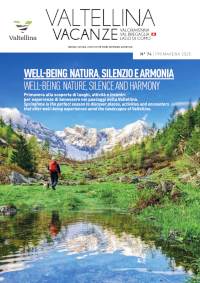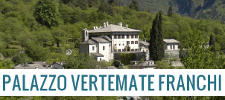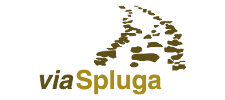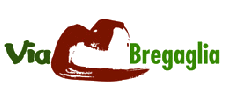In the saddle from Chiavenna as far as lake Mezzola, discovering animals preparing to welcome their youngsters this spring.
It&´s a great time of the year for families to head off along the network of cycle paths in Valchiavenna. Among the many itineraries available for two-wheelers, the one that starts from Chiavenna and runs along the entire river Mera down to Lake Mezzola is certainly one of the most engaging. And not only because the length of the route is slightly downhill (with the option of a return trip by rail) but above all because in spring the outing throws up opportunities along the route to admire the latest additions to the many species which occupy this very particular part of our territory. Observing these creatures in their natural habitat is a wondrous experience for the children along with their parents. On bikes. So leave the car in via Aldo Moro near Chiavenna&´s football stadium. The cycle path starts here and follows the riverside taking in the municipalities of Mese, Gordona and Samolaco as far as Lake Novate Mezzola. A total of 17 km.
As you approach the lake it&´s straightforward enough to spot the wildlife. Near the river bank small hares criss-cross the cycle path, startled by the arrival of our bikes. Curiosity insists that they remain unmoving at the side of the road if not exactly posing for photographs! Somewhat less relaxed, but equally fascinating is the kingfisher recognisable by the bright blue colour of its plumage contrasting with its orange breast. In April you can observe couples busy sourcing food for their young. The final stretch hugging the river allows passing pedallers to see the swans incubating their eggs. Nests are usually close to the shore in places protected by vegetation, and made with dry branches. The female lays from 5 to 8 eggs which are incubated with the help of the male for a period of around 35 days. At birth the chicks have a grey plumage. Coots, distinguishable by the white spot at the centre of the head, begin to build their nests in March. They use reeds, rushes and a variety of plant materials. Coot chicks exhibit a vivid plumage, the youngest the most striking.
